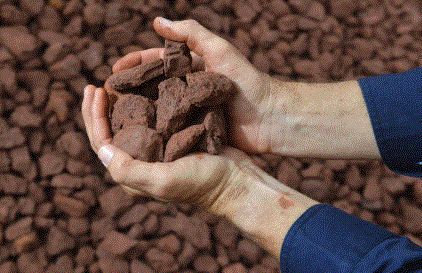A total of 3.05 million mt of iron ore was exchanged hands for the week ended Jul 3, up 26.60% week-on-week from previous week traded volumes.
As usual, the Australian Pilbara Blend Fines (PBF) remained the most popular products among buyers, accounting nearly 34% of the trades.
The next popular products went to Jimblebar fines at 18%, then followed by Yandi fines at 17%, which was a change from last week, where the transactions of Newman fines came in second after PBF.
Switch to iron ore lump
The transaction of iron ore lump has increased for this week, especially for Newman lump which accounted around 12% of the total trade volumes in the week.
This was due to Chinese mills were seeking to increase the usage of lump and pellet in their blast furnaces mix due to competitive prices.
They prefer to procure the materials from dockside stocks as around 20% of the port inventory consisted of lump and pellet, much higher than usual levels.
More low grades for cost saving
More buyers are turning to low grade ores purchases due to narrowing steel margins as steel demand fell in southern China during rainy season.
Thus, the demand for Yandi fines increased to nearly 17% of the total trade volumes for this week, while it only accounted around 11% for total trade volume last week.
More low fines may be made available for Chinese buyers as it was heard that many of the Indian low-grade products and iron ore pellets were redirected to China after the cancellation of contracts by European end-users.
More Brazilian shipments and lesser Australia exports
High grade ores like Brazilian fines were largely absence in the market this week, probably because buyers found them expensive.
In the meantime, some trade sources expect more price corrections as Vale is likely to increase their shipment during the second half of the year.
On the contrary, Australian iron ore exports may take a dip due to scheduled port maintenance in July.

